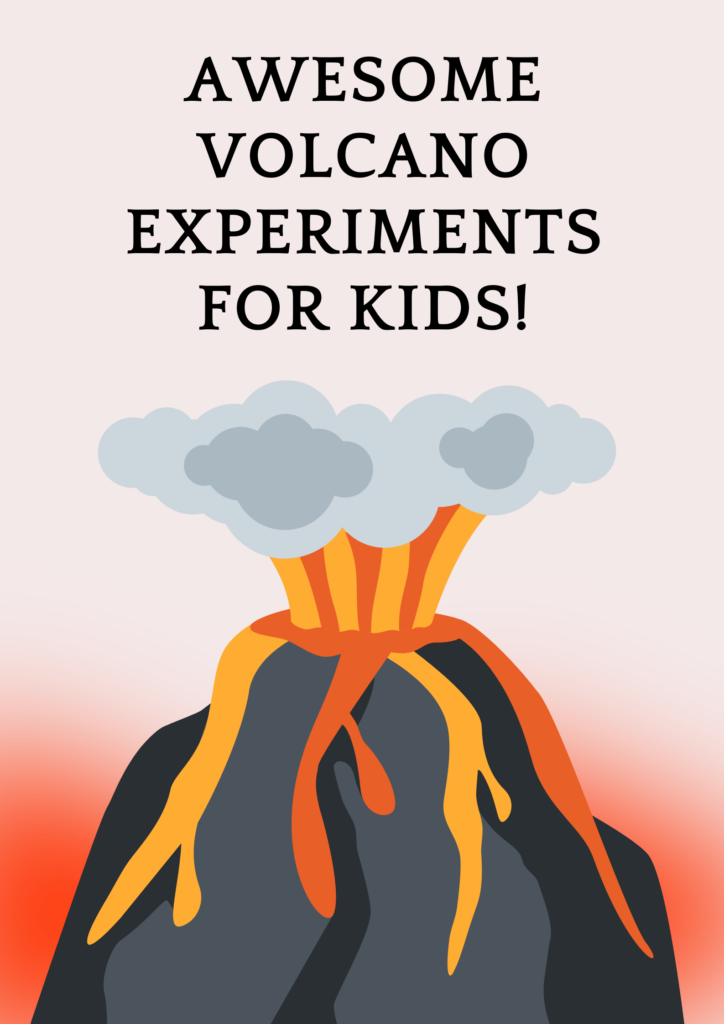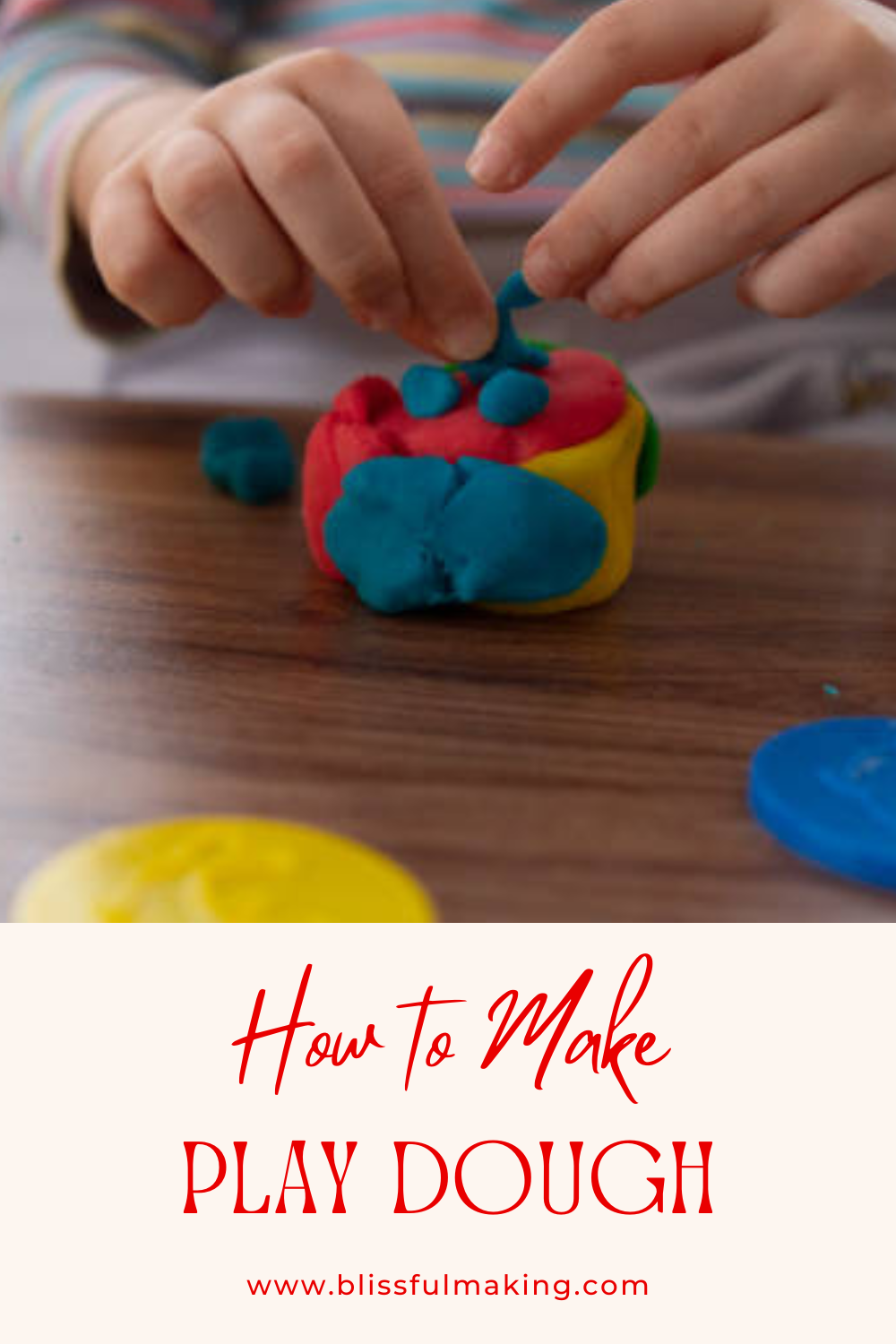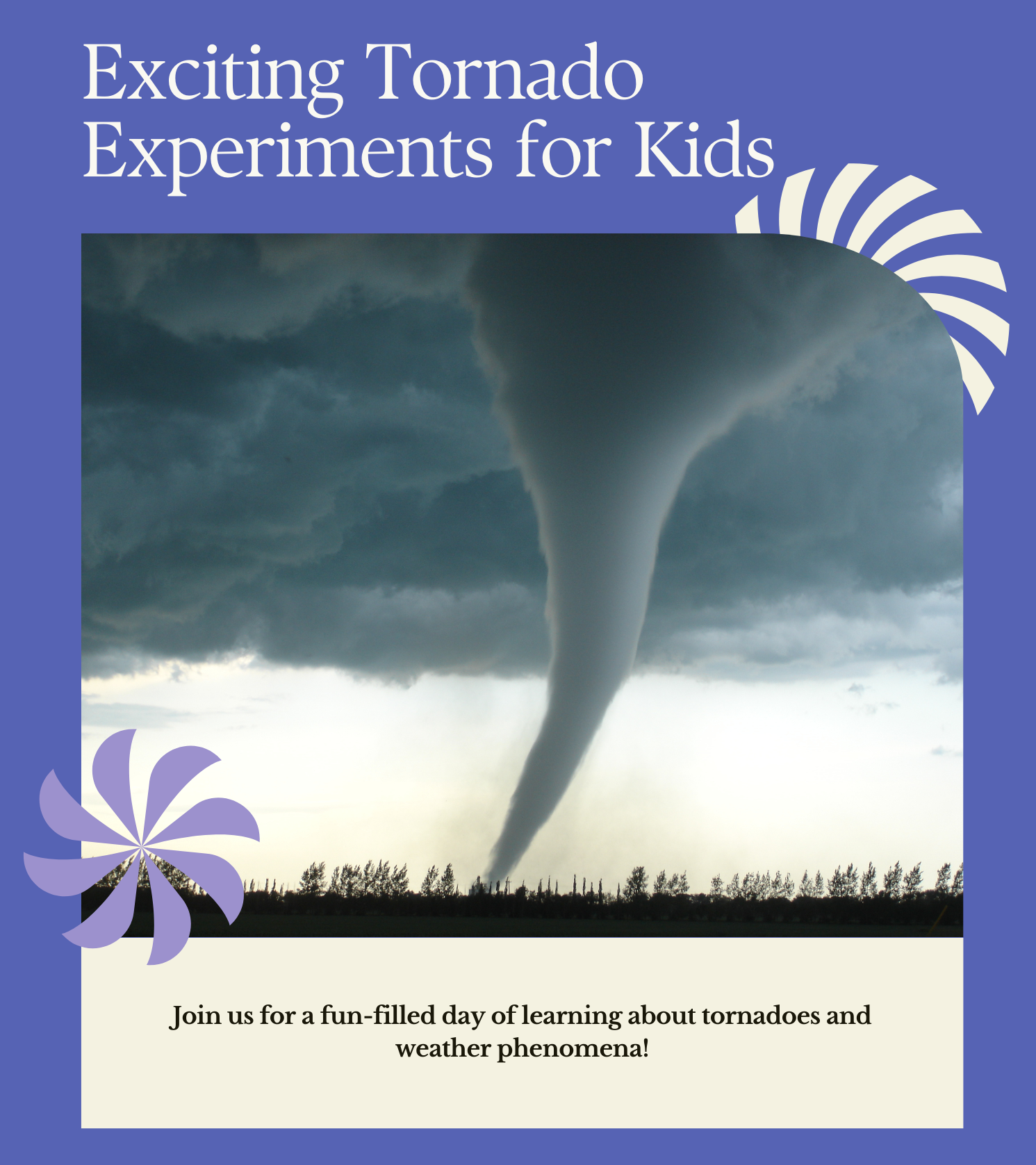Awesome Volcano Experiment for Kids!

Few science experiments are as iconic(and exciting!) as the baking soda and vinegar volcano. It’s simple, safe, and never fails to amaze kids with its bubbly eruption. But did you know that this classic experiment can be done in several creative ways to make it even more fun and engaging? It’s easy to replicate and can be done again and again, which your kids will probably demand. Volcano experiments are a great way to explore fascinating science facts about real volcanoes, tying your experiment to the wonders of the natural world.
The Science of Volcanic Eruptions
While your model volcano is powered by a chemical reaction, real volcanoes are fueled by molten rock, or magma, beneath the Earth’s surface. Deep inside the Earth, intense heat melts rock into magma. When this magma rises to the surface, it becomes lava. Pressure builds as gases trapped in the magma expand, and when that pressure becomes too much, the volcano erupts. Some eruptions are explosive, shooting ash and rocks into the air, while others are more gentle, with lava slowly oozing out.
Did you know that lava from a volcano can reach temperatures of up to 2,000 degrees Fahrenheit? That’s hot enough to melt almost anything! There are even underwater volcanoes, called submarine volcanoes, that erupt beneath the ocean. These eruptions often create new land over time, like the islands of Hawaii, which were formed by volcanic activity millions of years ago.
Did You Know?
Volcanoes are not just destructive forces—they play a crucial role in shaping our planet. The Earth’s crust is made of tectonic plates that float on magma. When these plates move and collide, they can create volcanoes. Some of the most famous volcanoes in history, like Mount Vesuvius in Italy, have reshaped landscapes and even civilizations. Vesuvius famously buried the Roman city of Pompeii in AD 79, preserving it in ash for centuries.
Not all volcanoes erupt the same way. Some, like Hawaii’s Kilauea, are known for their slow-moving lava flows, while others, like Mount St. Helens, produce explosive eruptions with massive clouds of ash and pyroclastic flows. There are even “supervolcanoes” like Yellowstone in the United States, which could cause global impacts if they erupted.
The Classic Baking Soda and Vinegar Volcano
Let’s start with the original version of the experiment that mimics a volcanic eruption. This simple recipe combines baking soda and vinegar to demonstrate a dramatic chemical reaction.
Materials:
- Baking soda (about 3-4 tablespoons)
- Vinegar (about 1/2 cup)
- Dish soap (optional, for extra bubbly lava)
- Red and yellow food coloring (optional, for realistic lava)
- Small plastic bottle or cup (to hold the “lava”)
- Cardboard, modeling clay, or paper-mâché (to create the volcano but you can also do the eruption in the cup)
- Tray or large dish (to catch the mess if your indoors)
Instructions:
- Build Your Volcano: Create a cone-shaped volcano around your bottle or cup using cardboard, clay, or paper-mâché. Let the kids paint or decorate it to make it their own.
- Prepare the Lava: Add 3-4 tablespoons of baking soda to the bottle. For a more dramatic eruption, add a squirt of dish soap and a few drops of food coloring.
- Erupt the Volcano: Pour vinegar into the bottle and watch the bubbly lava flow! The vinegar reacts with the baking soda, releasing carbon dioxide gas that creates the foamy eruption.
Variation 1: The Color Explosion Volcano
For a vibrant twist, turn your volcano experiment into a colorful eruption. Instead of sticking with just red “lava,” try adding multiple colors. Divide your vinegar into small cups, each with a different food coloring (like blue, green, or purple). Pour the colors into your volcano one at a time, creating a rainbow of eruptions. This variation is not only visually exciting but also a great opportunity to learn about color mixing.
Variation 2: The Snow Volcano
Take your experiment outdoors and build your volcano with snow for a wintery twist. Pack snow tightly around a plastic bottle to create a realistic volcanic shape. Add baking soda, food coloring, and dish soap to the bottle, then pour in vinegar to watch colorful lava flow down the icy slopes. Snow volcanoes are especially fun because they mimic the real-world phenomenon of ice-capped volcanoes like Iceland’s Eyjafjallajökull, where lava melts through glaciers during eruptions.
Variation 3: The Lemon Volcano
For a smaller, citrusy version of the experiment, use a lemon as your volcano. Cut a lemon in half and hollow out some of the pulp to make room for the reaction. Add baking soda, dish soap, and food coloring to the hollowed lemon. Then, stir and squeeze the lemon juice to start the eruption. This variation showcases how acids (like lemon juice) react with bases (like baking soda) to release gas, just like pressure builds in a real volcano before an eruption.
Variation 4: The Glow-in-the-Dark Volcano
If you want to add a magical touch, try a glow-in-the-dark volcano. Swap out food coloring for non-toxic glow-in-the-dark paint or tonic water (which glows under a black light). Turn off the lights, use a black light if needed, and pour in the vinegar to create glowing lava. Real volcanoes often glow at night too, especially when lava streams down their sides, lighting up the surrounding landscape.
Tips for a Successful Volcano Experiment
Always set up your experiment on a tray or take it outdoors to contain the mess. Experiment with the amounts of baking soda and vinegar to see how it affects the eruption size. Encourage creativity! Let kids decorate their volcano or come up with their own variations. Use the experiment to spark curiosity. Ask questions like, “What would happen if we added more dish soap?” or “How do you think a real volcano works?”






